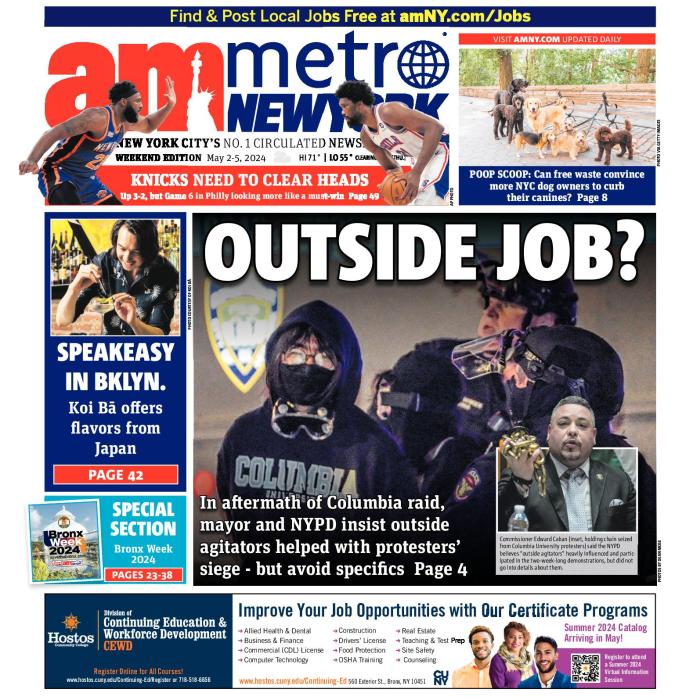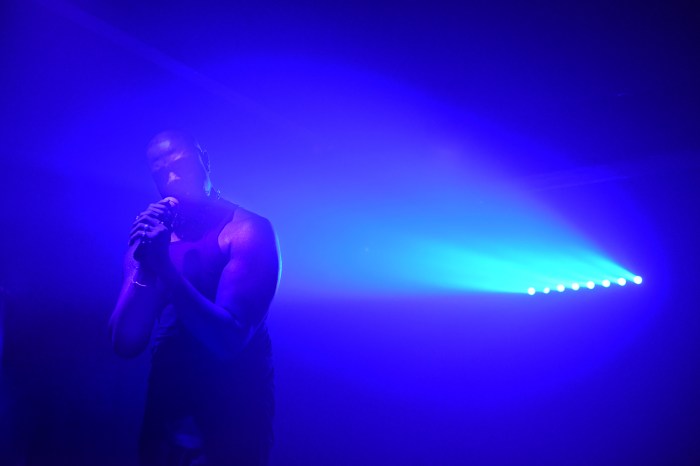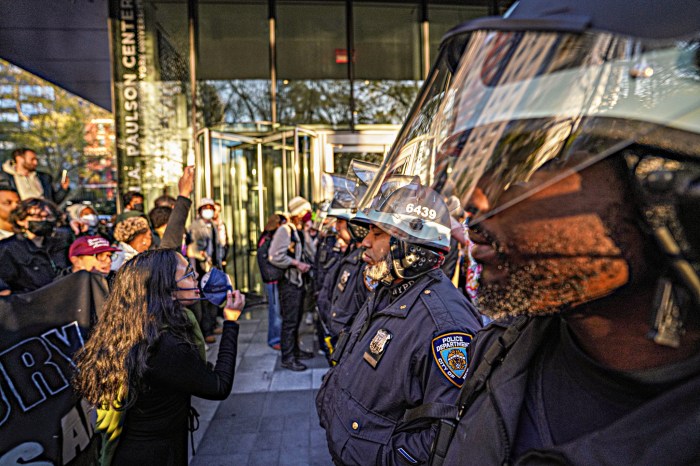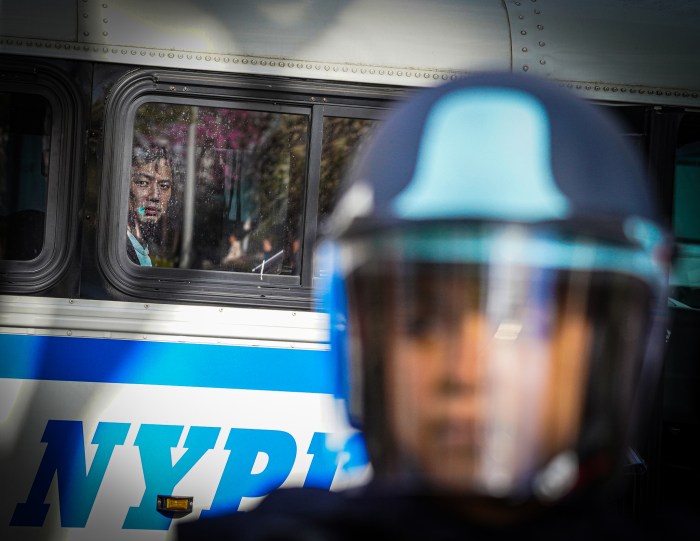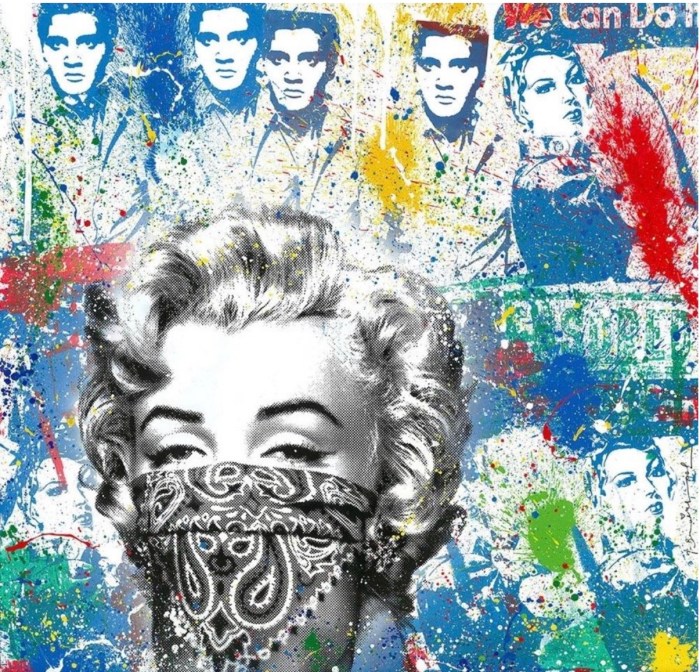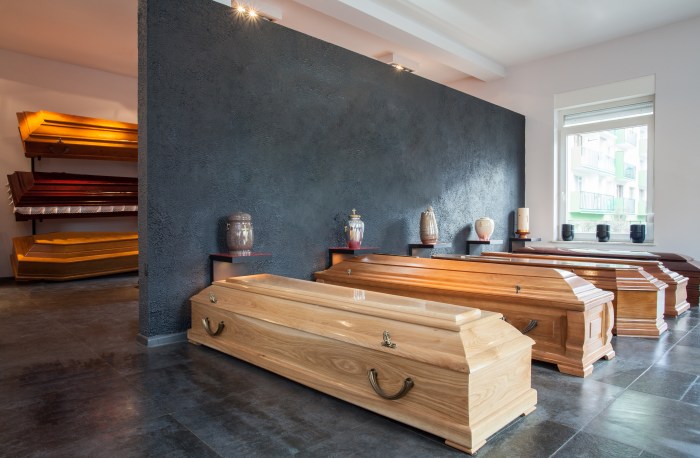By Tim Gay
This is a love story about Roxy and Susanne. And it also includes Dorothy Kilgallen’s nephew Robbie, who was Susanne’s pseudo-husband in Hollywood, who later ran the Candle Shop on Christopher St., and even later was one of my trysts, but that was before I accidentally knocked down Roxy and Susanne’s wall.
Back in the ’50s and ’60s, young actresses and actors in the postwar world of Method Acting, Technicolor and television and broadcast advertising crossed the country on trains and planes from Hollywood to Broadway and back. Those who were lesbian and gay were even more in the know, and had welcoming doors secretly opened to them.
Such was the case of my dear friends Susanne Wasson of Searcy, Arkansas, and Roxy Horen of Ohio and Ontario. Susanne appeared in films and television starting in the late ’50s, including as Elizabeth Taylor’s stand-in for “Butterfield 8” and a onetime role on “Star Trek” for which she’s still notoriously known. Roxy began her career at Circle in the Square right after Jose Quintaro opened it. She performed along side Geraldine Page and others before becoming an agent and personal manager.
And here’s how Roxy and Susanne got together.
Susanne, with her raven black hair and violet eyes, preferred women, like Kim Novak, who used to woo Susanne on the set by riding up on a motorcycle wearing black leather. Somehow, Susanne met Robbie Kilgallen, a beautiful blond chorus boy with million-dollar dimples. He just happened to be the celebrity columnist Dorothy Kilgallen’s nephew. And Robbie liked boys, like Roddy McDowall, Tony Perkins and Farley Granger, not to exclude all the actors who played the men’s Olympic team as Jane Russell sang “Is Anyone Here for Love?” in “Gentlemen Prefer Blondes.” So Susanne and Robbie would escort each other to the parties and openings, where Susanne would wink and introduce Robbie as “my husband.”
Susanne got an offer to do a television pilot in New York in September 1968. Robbie suggested she stay with his friend Mark, who had a small studio in not-so-glamorous Chelsea. On her second night there, Mark asked Susanne to get lost for the evening so he could entertain his boyfriend. He recommended a lesbian bar on 14th St. called Kooky’s.
“I was wearing burgundy hot pants and a matching vest, with black boots,” Susanne recalled. “I walked in and was immediately bored.”
Susanne went to a table where two women were sitting. Susanne asked one about how she could find another bar, and the woman adamantly said, “You don’t want to go there. Sit down!”
That woman was Roxy Horen, who told me years later, “She was incredibly beautiful. I coudn’t let her leave.” And Roxy also told me that the only reason she was there that night was to teach a friend how to cruise for other lesbians.
Roxy and Susanne began small talk. Susanne said she was an actress. Roxy told her about her management business. Susanne said she had an agent, in Hollywood. Roxy mentioned she had a new client in Hollywood — a young actor named Robbie Kilgallen.
“You are the personal manager for my husband!” Susanne exclaimed. They immediately hit it off.
The pilot didn’t work out, so Susanne returned to L.A. for a bit, and then returned to New York — and dating Roxy — during the Stonewall summer of 1969. Without much ado, they got an apartment together on the Upper West Side in 1970, and then adopted a couple of dogs and a cat or two. And then came an old farmhouse in Bucks County and a Buick station wagon. And then in 1979 theater friends told them about a co-op apartment in a building that the tenants had seized on Eighth Ave. and 17th St. The tenants included actors, ministers, writers, musicians, gays, lesbians, the actress Shirley Stoler and a designer for Norell. So they bought the tiny railroad flat for $9,500.
That’s where I met Roxy and Susanne. I moved there in 1980 with my first lover, Michael. When we broke up in 1982, I bought the abandoned wreck of an apartment right next to theirs — for $6,000. My roommate and I gut-renovated the place and accidentally knocked a hole through their wall. That’s when Roxy and Susanne and I became acquainted. We repaired the wall, under their watchful eyes and approval.
As a hot, newly single gay boy about town in 1983, I was having a ball with a number of gentlemen callers, including the older, more mature, still-dimpled Robbie Kilgallen, who by then owned the Candle Shop on Christopher St. (which lit the way for the Village during the great blackout of 1977). One afternoon, when Robbie and I were leaving my apartment, Susanne opened her door, looked at Robbie and exclaimed, “Tim, what are you doing with my husband?”
And that’s when Robbie and Susanne and Roxy filled me in about the glamour years and closet cases of Hollywood. (Roxy once told me that one of her friends said the worst lesbian sex she ever had was with Ava Gardner — “She said she didn’t move!”)
Robbie passed away from AIDS in 1990, like so many others in our community. In our building, there were Michael and Doug, Bob and Patrick, Ken the artist, and half a dozen or more other men. Roxy and Susanne became the primary caregivers of Wilfred Lee, an electrician who lived on the first floor and did work on the Lesbian and Gay Center and GMHC’s first building on 18th St. Many of Roxy’s clients passed away, too. But we continued on.
And then there was the great lawsuit in our building: Susanne and Roxy and I, plus a few others, were sued by another tenant for, among other things, kidnapping a dog that was kept in an empty apartment for nine months. That lawsuit went on in various forms from 1992 until 2004, and only ended after the main litigant died of a brain aneurism. It is interesting to note that the main litigant’s lawyer was quite possibly her secret lesbian lover — why else would a lawyer be seen sneaking out of a client’s apartment late at night or early in the morning?
By the 1980s Susanne was a statuesque blonde and Roxy was the petite one with short-cropped black hair. You would see them packing up their dog and cat in a rusty Honda and heading off to the farmhouse on a Friday afternoon. They both had extended families of friends and relatives from Arkansas to California to Canada, France and England. We’d get together every so often to talk about our building or the neighbor or just to talk.
One thing about the years going by is that you don’t really notice growing older — until one falls ill.
Roxy had cancer. Susanne took care of her for more than a year. Last August, Roxy was admitted to hospice care at St. Vincent’s Hospital. It was there that we sat and talked about the old days and put time in its perspective. Due to St. Vincent’s financial problems, Roxy was moved to a care center in the Bronx. No longer could Susanne and all of Roxy’s friends simply walk a block or two and see Roxy.
Roxy passed away on New Year’s Eve. Susanne and Roxy had been together for over 40 years! I feel blessed to have known Susanne and Roxy as a team for 30 of those years.
To borrow from “Gypsy”: if only Roxy and Susanne were married. They owned a home in Pennsylvania and the apartment in Chelsea, two cars and two cats, antiques and paintings, oriental rugs and knickknacks — things that any happy long-term couple would compile and collect over the decades. But unlike heterosexuals who automatically inherit the spouse’s portion, Susanne is now in the midst of paperwork for probate in two states.
Susanne is resilient. She’ll survive, with her support from Gilda’s Club and friends in Pennsylvania and New York. Lesbians and gay men always get by, although now more than ever we have every reason to expect same treatment when it comes to marriage.
Just how many members of the Assembly and state Senate in Albany are there who have stayed married to the same spouse for 40 years?
I do believe Roxy is somewhere that is bright and cheery, and she’s with Robbie Kilgallen and other old lesbians and gays, and they are talking about who did who in Hollywood in 1962. I hope to see them both again someday.
